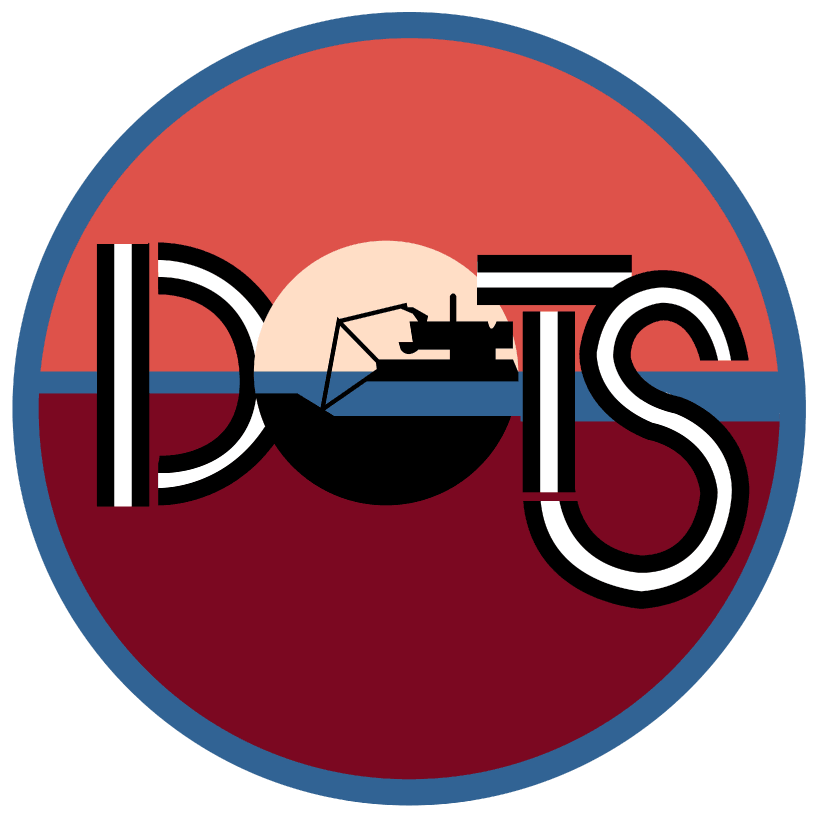ODMDS: Ocean Dredged Material Disposal Site Database
The United States is a party to the Convention on the Prevention of Marine Pollution by Dumping Wastes and Other Matter (London Convention 1972, LC). This is an agreement to control deliberate disposal at sea of wastes or other matter, including dredged material, from a variety of platforms. The LC entered into force in 1975 and requires the parties to report every year on the amount and location of materials disposed at sea. The first reporting year was 1976. In 1972, the United States Congress enacted the Marine Protection, Research and Sanctuaries Act (MPRSA). The MPRSA regulates the disposal at sea of all materials that would adversely affect human health, welfare or amenities, or the marine environment, ecological systems or economic potentialities. The MPRSA implements the requirements of the LC and is the legislative authority regulating the disposal of dredged material into ocean waters, including the territorial sea. The U.S. Army Corps of Engineers (USACE) collaborates with U.S. Environmental Protection Agency (USEPA) to prepare an annual ocean disposal report to fulfill the LC obligation. The ODMDS database is a publicly available database providing information about the disposal history of dredged material at ocean sites in the United States and its territories as well as ocean site characteristics for over 100 ocean sites.
Contact Information for ODD
- User: Public and USACE
- POC: Justin Wilkens
- Visit Website


